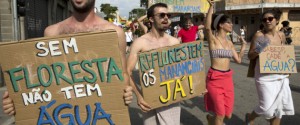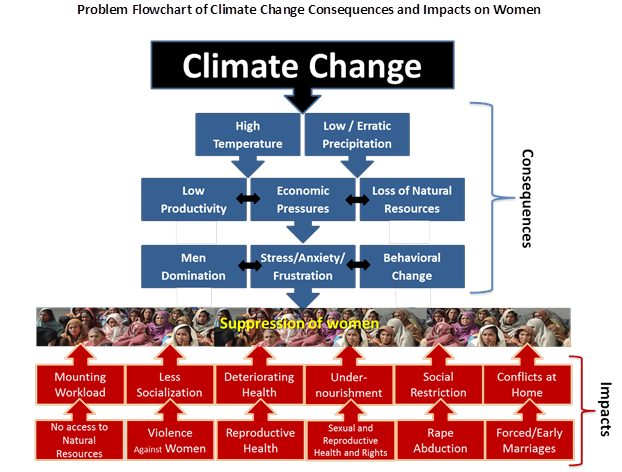In today’s class lecture we discussed Brazil’s progress towards mitigating climate change. Brazil has made an enormous effort in reducing tropical deforestation, “Brazil has kept 3.2 billion tons of carbon dioxide out of the atmosphere since 2004″ (Atkin, 2014). Brazil once had the highest deforestation rate in the world mainly due to livestock and logging. Rainforests are an important carbon sink, however deforestation emits large amounts of carbon dioxide into the atmosphere, thus changing the climate. Although Brazil’s 70 percent decline in deforestation has helped reduce greenhouse gas emissions, other parts of Brazil are still feeling the effects of climate change. Sao Paulo is suffering from one of the worst droughts to have hit Southern Brazil in several decades. The water scarcity is causing violent conflicts between residents. As the climate continues to change, and droughts become more prevalent we can expect to see more violent conflicts and citizens protesting for access to resources like water, which are necessary for survival. Rainy seasons in Brazil have shown a pattern of less rainfall each year, “The Sao Paulo metropolitan area ended its last rainy season in February with just a third of the usual rain total only 9 inches” (Gomez-Licon, 2014). The government is being blamed for the issues of water scarcity, which shows that as the climate keeps changing and water becomes more limited there must be systems implemented for distributing water equally. Otherwise the world’s poor will be exposed to more vulnerabilities, and violent conflicts will increase.
Atkin, Emily. “Brazil Has Done More To Stop Climate Change Than Any Other Country, Study Finds.” ThinkProgress. N.p., n.d. Web. 10 Nov. 2014. <http://thinkprogress.org/climate/2014/06/06/3446097/brazil-cuts-carbon/>.
Gomez Licon, Adriana. “Sao Paulo Drought Leaves Brazil’s Biggest City Desperate For Water.” The Huffington Post. TheHuffingtonPost.com, 07 Nov. 2014. Web. 10 Nov. 2014. <http://www.huffingtonpost.com/2014/11/07/sao-paulo-drought_n_6118888.html?utm_hp_ref=green>.


